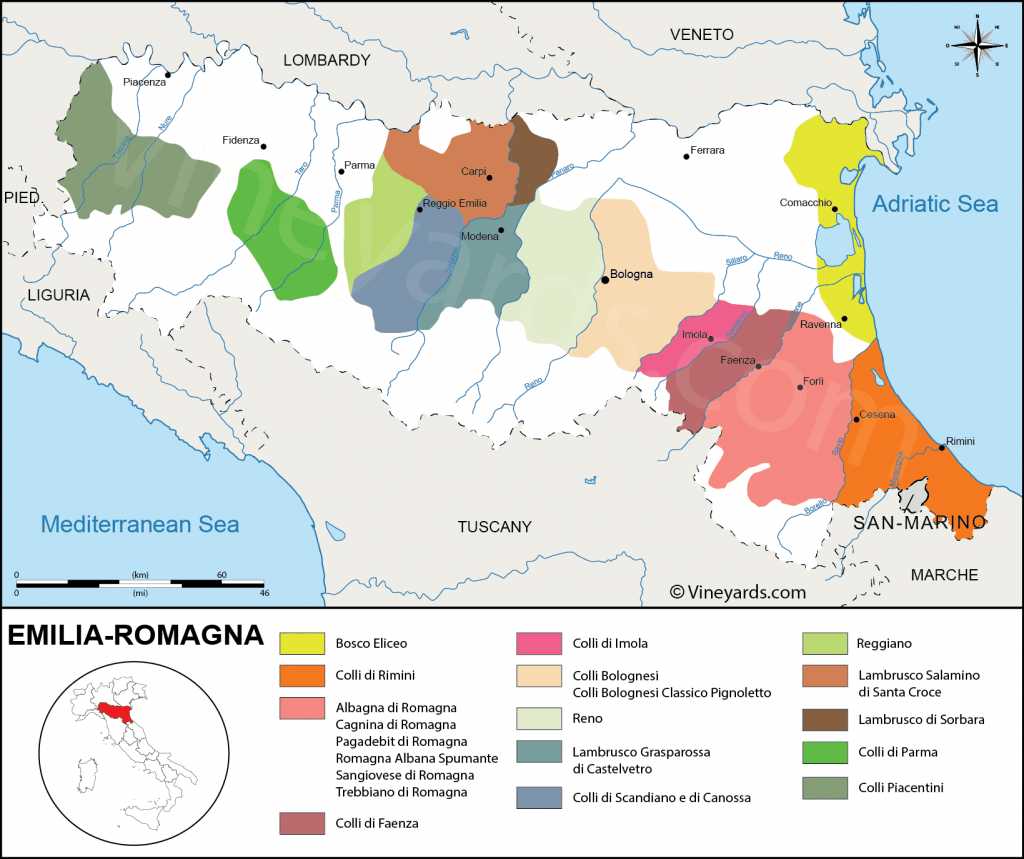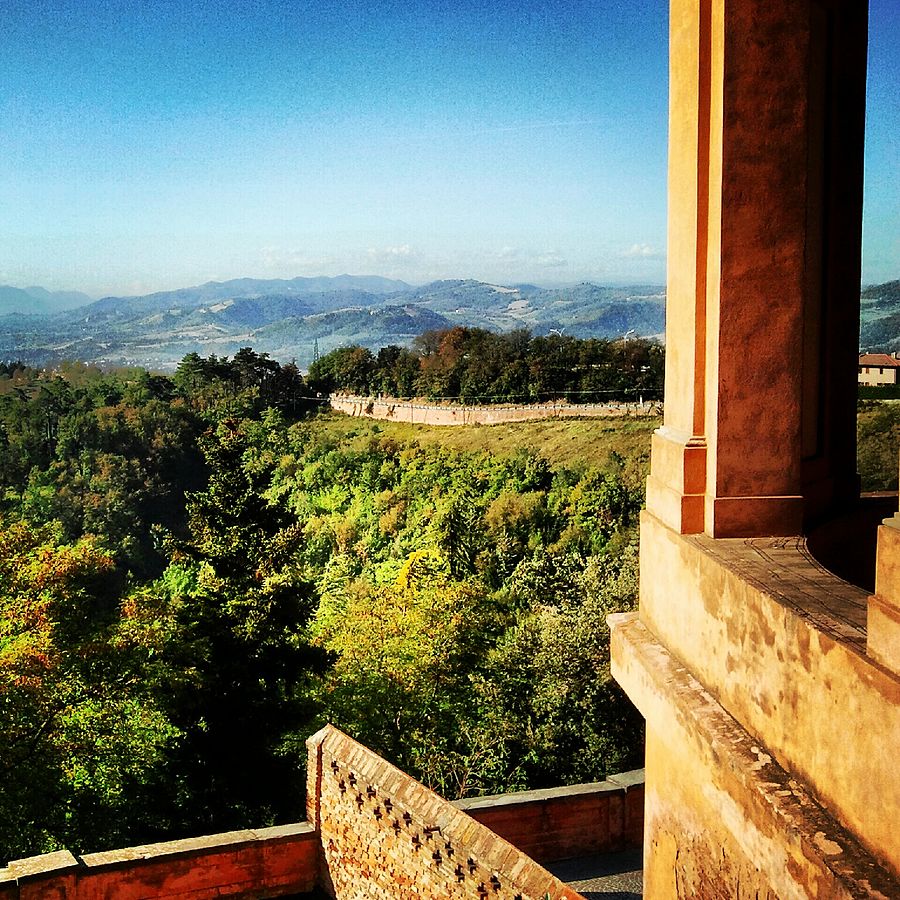xtraWinexperience goes to Emilia Romagna. If Tuscany was the land of high end fashion, Lombardy that of innovation, Emilia Romagna is the land of good food. Parmigiano Reggiano, Prosciutto di Modena and the famous Pasta Asciutta and Bolognese… they all started here!
However, Emilia Romagna is also the fourth wine producer in Italy. Something that we will explore more in this new episode of our xtraWineXperience.
A brief history of wine in Emilia Romagna
Before delving into the history of wine in this wonderful region, it is important to clarify that Emilia and Romagna are actually two different areas. Like Trentino Alto-Adige, which we encountered in episode two of our xtraWinexperience, these two areas merged to form the Emilia Romagna region.
Emilia and Romagna’s histories are different.
While Emilia was settled by Germanic tribes (the ‘Barbarians’), Romagna was settled by the Romans. The origins of the names are also peculiar. Aemilia was the name of the road built in the 2nd century BC to connect Rimini and Piacenza. Romagna is instead the name that was given to the area that the Romans lost in the 4th century and was split between the Byzenthynes and the Lombards.
Under Roman influence Romagna started to produce olive oil and vines that could accompany and balance a mediterranean diet. Emilia, under the influence of Lombards and Byzanthynes, developed a different diet, based on butter and pork. As such, it needed sparkling wines to wash off the fatty food.
These two areas remained separate until 1947.

Wines and Locations to discover
Emilia Romagna is fourth among Italy’s twenty regions for wine production with 33% of wines produced being DOC or DOCG. It is important to know that Emilia and Romagna are two areas of the same region. The area of Emilia is mainly known for the different varieties of Lambrusco. In Romagna, instead, the main grapes are Albana, Trebbiano Romagnolo and Sangiovese.
Circa 58,000 hectares are dedicated to vineyards, almost half of them in the plain and ca 5 million hectoliters of wine are produced on a yearly basis.
The most popular wine produced in the region is the Lambrusco, sweet and sparkling wine as well as a type of grape which is grown around Modena.
Two-thirds of the vineyards in the region grow in alluvial soil. However, vineyards are also found on the hills.
Viticulture of the Hills of Piacenza draws origins and traditions from Piedmont and Oltrepò Pavese, characterised by Barbera and Croatina, from which the most representative red wine of the area is obtained, the Gutturnio DOC. Among the whites are the Ortrugo, made from the synonymous vine, and pleasant wines, also sparkling and semi-sparkling, based on Malvasia.
On the Colli di Parma (Parma Hills) these same vines can be found, accompanied by many International varieties but it is above all the aromatic scent of Malvasia di Candia that expresses itself at a very pleasant level.
On the Colli Bolognesi a white grape variety has grown, historical and with considerable potential quality, the pignoletto from which the DOCG Colli Bolognesi Pignoletto Classico is obtained, in addition to some International red grapes that are giving excellent results especially in some particularly suitable areas .

Unlike Emilia, where lively and sparkling wines are preferred, Romagna has a wine scene characterised by still and more structured wines. The most cultivated red grape variety is Sangiovese, which especially in some reserves is giving great satisfaction. Among the white grapes, the most important are the Trebbiano Romagnolo and the Albana, an indigenous vine that has been appreciated for centuries, from which the excellent Passito is obtained, which is part of the DOCG Albana di Romagna.
Join us and discover Emilia Romagna. We will visit San Patrignano with Italian travel journalist Roberto Parodi, we will learn more about Valsamoggia and the culture of wine.
Stay Tuned!

Interviste esclusive dal mondo del vino ed approfondimenti da chi fa del vino una ragione di vita, di business e di cultura.









